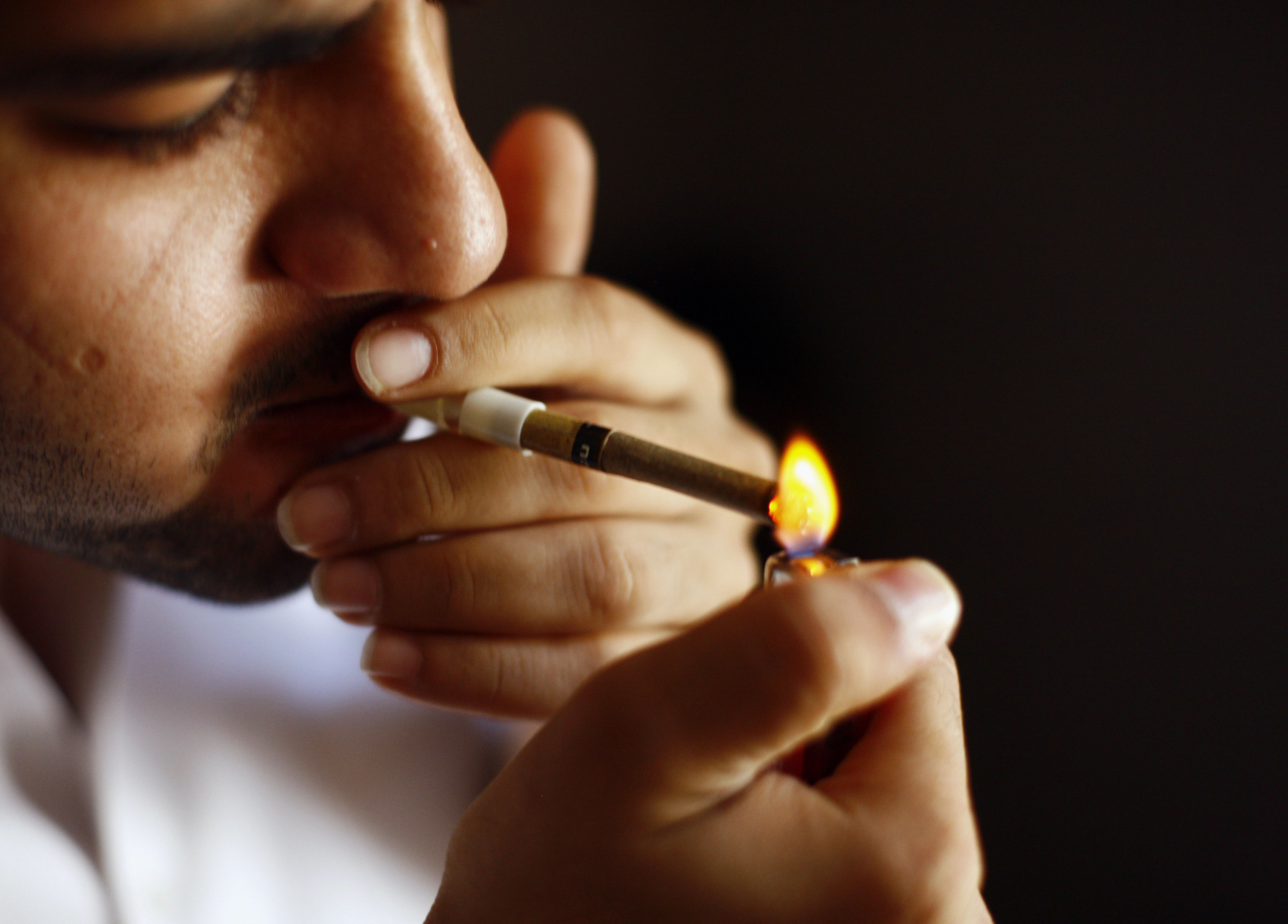Dr. Tapan Ghose Director and Head, Department of Cardiology, Director, Clinical Research and Academics, Fortis Flt. Lt. Rajan Dhall Hospital, New Delhi, India
According to the World Health Organization tobacco use is the world’s leading cause of preventable death. On this No Tobacco Day let’s spread the benefit of quitting tobacco products and how we can stop preventable deaths caused by the use of tobacco.
There are numerous studies that substantiate that use of tobacco is a major risk factor for 50% of cancers in males and 20% of cancers in females. Tobacco use is also the cause of many preventable diseases like stroke, infertility, oral cancer, chronic obstructive airway disease and range of cardiovascular disease. Already 100 million people died from tobacco use in 20th century and it is estimated that if the trends continue one billion people will die from tobacco use in 21st century. Other than major contribution to preventable disease
- Use of tobacco shorten the lifetime of users by half. On an average, smokers lose 15yrs of their life
- Not only first hand smoke but second hand smoke also cause death of nearly 1.2million deaths by exposure
- Tobacco-related illnesses account for 1 in 10 adult deaths worldwide
- By 2030, 80% of those deaths will be in low- and middle-income countries
- In India use of tobacco is starts at the age of 15yrs
- More than 35% on Indian uses some form of tobacco daily
- Use of tobacco related products is more common in urban India
Tobacco not only affects our health but also affect our wealth as well. In this paragraph lets understand the economic burden that use of tobacco has on us. According to sources the total economic cost of using tobacco at purchasing power parity was estimated $114 in India. Global indirect costs of smoking are estimated to be about 1 trillion USD, nearly two thirds of which are due to premature mortality. India is the second largest populated country in world and use of tobacco contributes heavily to major disease at young age. Given the fact that , many smokers have COVID -19 related hospitalization and mortality this economic burden is likely to be doubled.
Now a question you must ask yourself is -Why should one give-up tobacco:
- If you quit, in 8 hrs: Oxygen levels return to normal.
- If you quit, in 24 hrs: Risk of heart attack begins to decrease.
- If you quit, in 72 hrs: Lung function improves.
- If you quit, in 1-9 months: Coughing and shortness of breath decreases.
- If you quit, in 12 months: Risk of heart disease is half as compared to tobacco user.
- If you quit, in 5 years: Stroke risk is reduced.
- If you quit, in 10 years: Risk of lung cancer is less than half as compared to tobacco user.
- If you quit, in 15 years: Risk of heart disease is similar to a person who never smoked.
We all wants to live longer and healthier life. It is standard practice by healthcare workers to use the approach of 5 A’s and R’s to help people quit using tobacco products:
ASK- people often don’t admit that they are addicted to use of tobacco use. You must ASK that you are a tobacco user and you are ready to quit.
ADVISE- use the current discomfort that they are having like hoarse voice, coughing, chest discomfort, difficult to chew and others to advise them to consider quitting
ASSESS- how many times you have thought of quitting and how serious you are for quitting.
ASSIST- assist the tobacco user making a plan to quit and stick to it
ARRANGE- arrange for assistance to help them quit
RELEVANCE- the risk of relapse is very high in tobacco users. One must understand that relevance of quitting is very important. Risks involved in continuing use of tobacco must be explaining to users.
ROADBLOCKS- Many tobacco users are largely unaware of the potential harm that continued tobacco use can do to them. People usually need time to change the mindset. Mental roadblocks must be carefully laid in quitters mind so that he is ready to overcome them.
REPTITION- If not ready to quit, repeat intervention at a later stage.
Legal provisions against tobacco in India
- Smoking in public places is prohibited and is a punishable offence.
- Direct/Indirect advertisements of tobacco products including sponsorship and promotion are prohibited and is a punishable offence.
- Sale of tobacco products to and by minors (less than 18 years of age) is prohibited and is a punishable.











